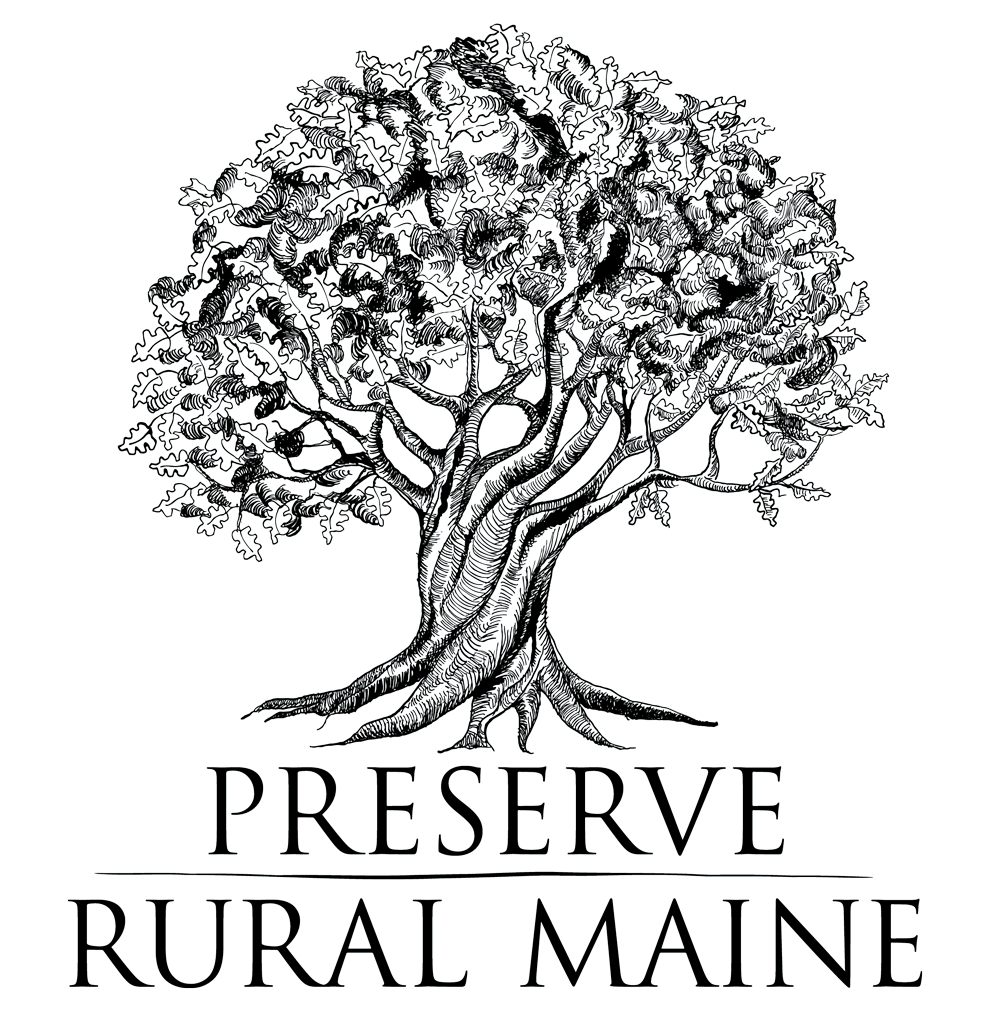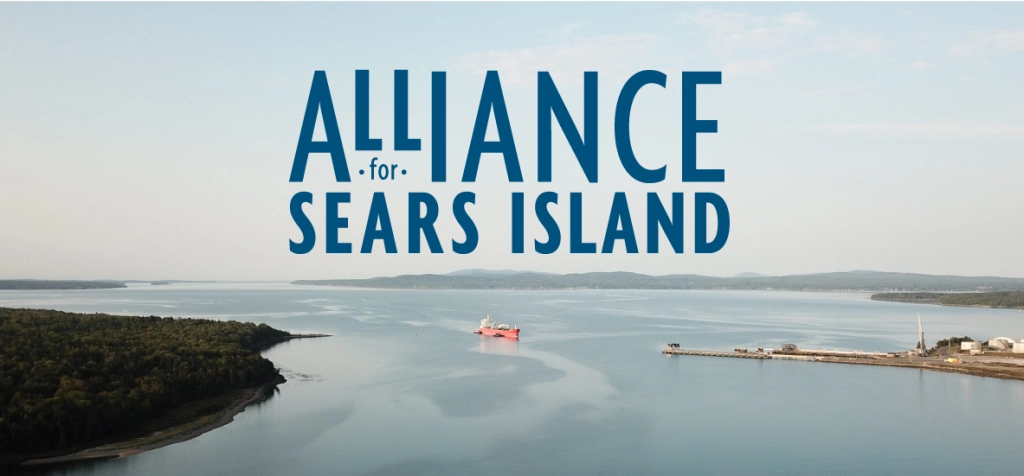Governor Mills and MDOT are facing a big decision: Whether to site a proposed 100-acre wind port on Mack Point, which is already industrialized, or Sears Island, one of the largest uninhabited islands on the East Coast. Unfortunately, they’re moving ahead with plans to develop the Island, an ecological gem that attracts thousands of visitors each year and holds deep cultural significance for Wabanaki peoples.
In light of these plans, and given our mission to protect Maine’s rural spaces from poorly conceived development projects, we join the Alliance for Sears Island in its fight to keep the state socially and environmentally accountable. We believe the success of Maine’s renewable energy future depends on doing what’s right for the land and future generations. Choosing the pristine island over the brownfield does neither.
Unlike Mack Point, an undeveloped Sears Island offers crucial ecological services like fisheries support and carbon sequestration. Each acre of its forest sequesters 80-100 metric tons of CO2 per year, which helps in our fight against climate change. The proposed project would strip over 100 acres of vegetation, including wetlands, and excavate 1.4 million cubic yards of soil, causing irreversible ecological damage and contradicting claims that it’s the less harmful option. Sprague Energy, the owner of Mack Point, released a rough plan for the port in 2023 and will provide details on a more comprehensive plan soon.
The Governor’s and MDOT’s recent actions to develop Sears Island break long-standing promises and raise legal concerns. A 2007 agreement clearly stated Mack Point as the preferred site for marine transportation development and prohibited soil harvesting from Sears Island. Why should we now disregard these commitments?
Furthermore, after the discovery of a protected sand dune on the island, the legislature decided to pass a bill that allows them to ignore the dune. This move raises a serious question about how “protected” critical ecosystems really are: If, through a single bill, the state can so easily undo protections on Sears Island’s sand dunes, why could it not just as easily undo protections on other protected ecosystems elsewhere?
Raising additional legal concerns is MDOT’s federal grant application for a new road and rail corridor that would further damage the island’s ecology and violate conservation easement boundaries.
By themselves, each of these developments represents a misstep. Taken together, they suggest a structural failure in how the state is approaching the challenge of renewable energy development. Since the state owns Sears Island, it stands to profit from whichever firm builds the wind port.
But at what cost to the rest of us? And at what cost to the project itself, which is likely to suffer legal delays in coming months and years?
Preserve Rural Maine is committed to supporting a holistic approach to renewable energy development – one that considers people and planet, not just profits. That’s why we support developing Mack Point, not Sears Island.


Leave a Reply